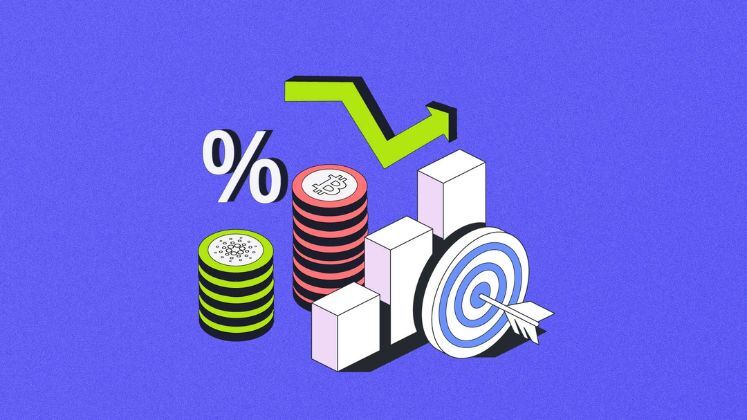
December brought a slight reprieve in inflation rates for Bangladesh, although the figures still remain troublingly high. According to the Bangladesh Bureau of Statistics (BBS), point-to-point inflation for the month was recorded at 10.89 per cent, down from 11.38 per cent in November and 10.87 per cent in October. This prolonged period of inflation continues to pose significant challenges, especially for the country’s pivotal ready-made garment (RMG) industry.
The BBS compiles data on the prices of goods and services monthly, with the Consumer Price Index (CPI) serving as the basis for calculating inflation. The slight decrease in inflation in December can be attributed to a reduction in both food and non-food prices. Food inflation fell to 11.92 per cent, down from 13.80 per cent in the previous month, while non-food inflation decreased marginally to 9.26 per cent from 9.39 per cent in November.
The interim government, which took office on 8th August, has implemented measures aimed at controlling inflation. Initial results were promising, with inflation dropping to 10.49 per cent in August from 11.66 per cent in July, and further declining to 9.92 per cent in September. However, the upward trend in October and November indicated that the struggle against inflation is far from over.
For the RMG sector, which employs millions and significantly contributes to the national GDP, high inflation rates can lead to increased production costs. Rising prices for raw materials and operational expenses can squeeze profit margins and hamper competitiveness in a global market that is increasingly price-sensitive. Moreover, as inflation affects consumer purchasing power, demand for garments could dwindle, impacting orders and sales.
The average inflation rate in the last fiscal year (2023-24) stood at 9.73 per cent, the highest in 13 years, compared to 9.02 per cent in the previous fiscal year (2022-23). As the country grapples with inflationary pressures, the RMG industry remains vigilant, recognising that sustained high inflation could threaten its recovery and growth trajectory.






